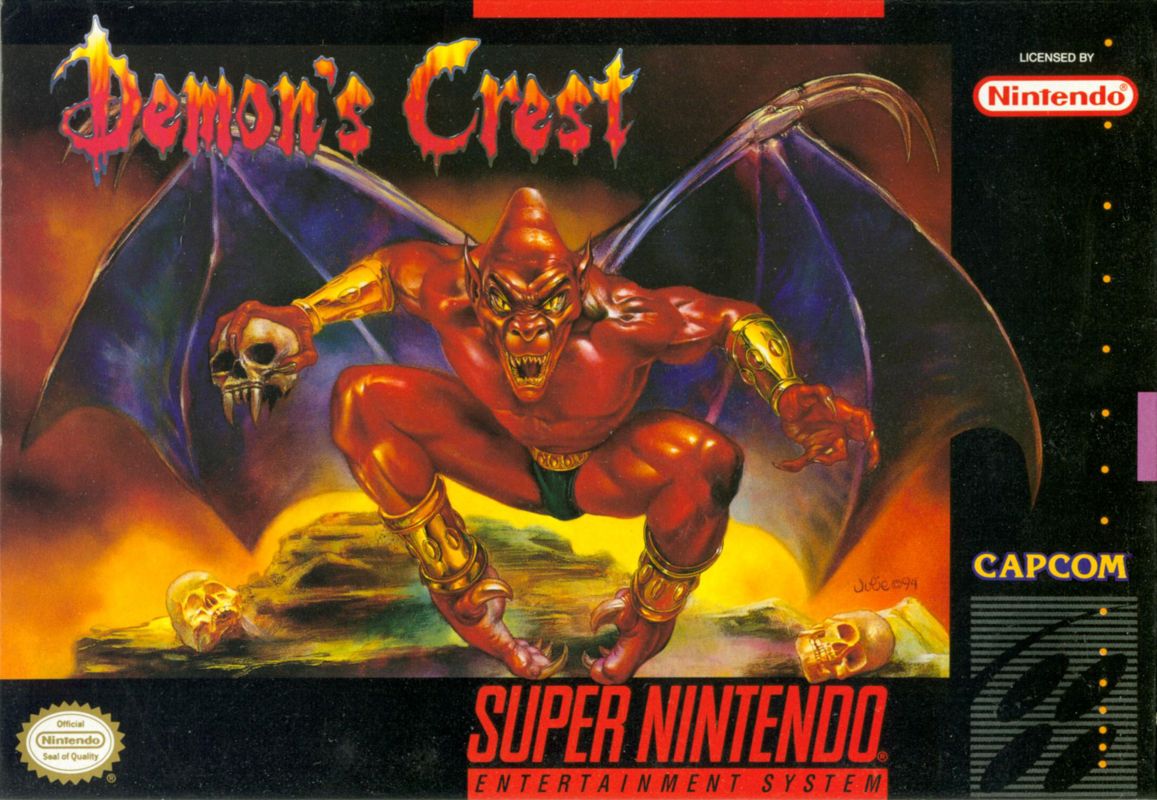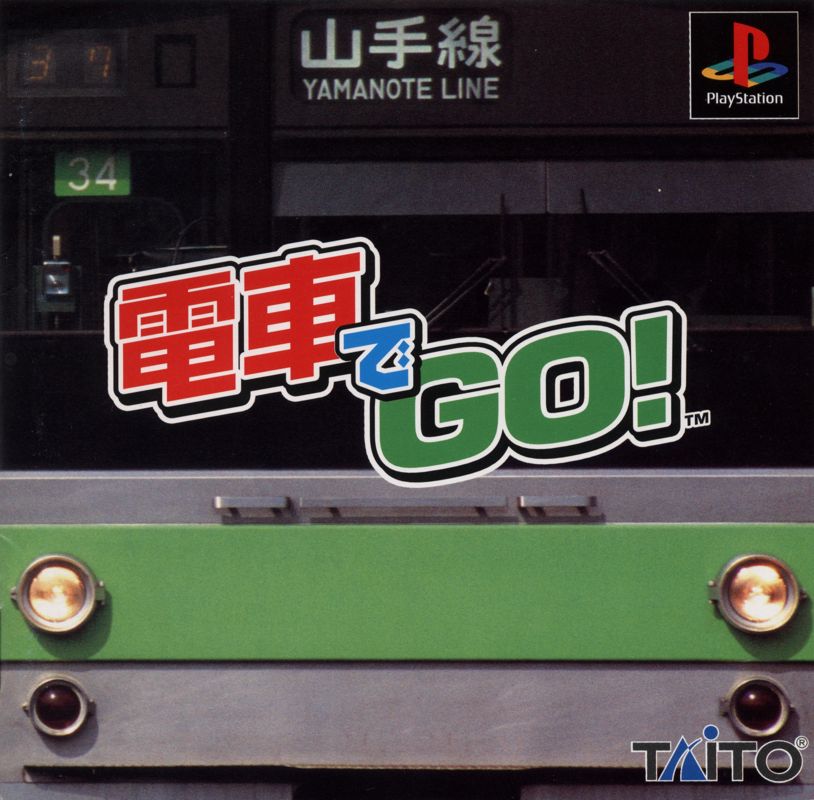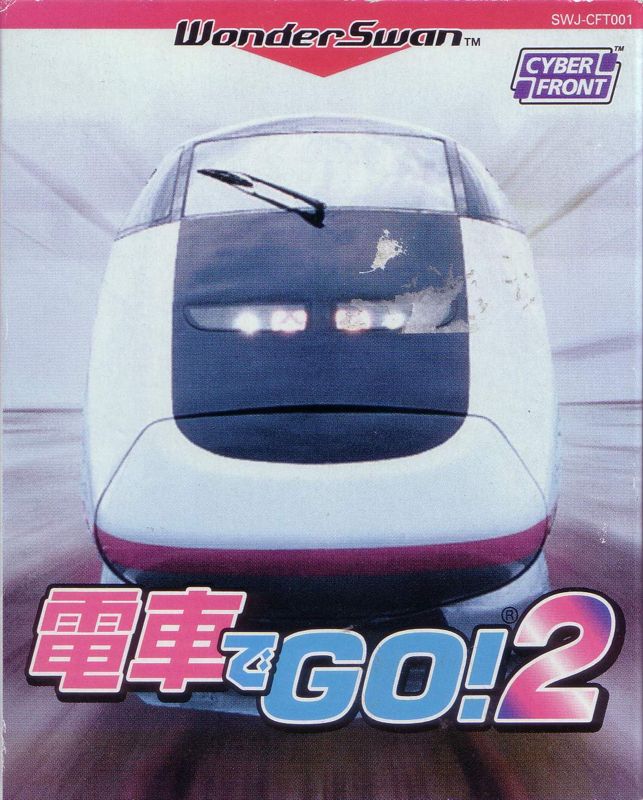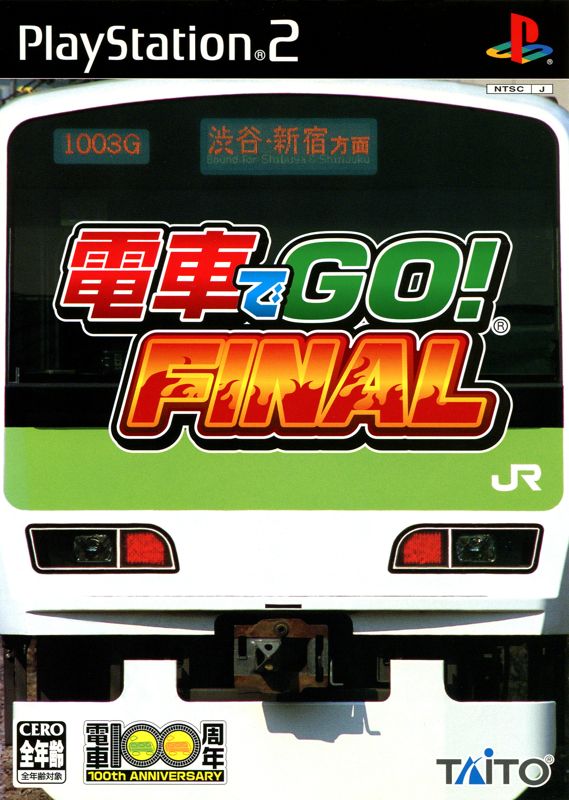Demolition Man


Demolition Man is a game based on the 1993 movie by the same name. As with the movie, the game takes place in a dystopian Los Angeles, in 1996. John Spartan is the country´s most fearsome cop and hunts his nemesis, Simon Phoenix. However in doing so, he kills several innocent civilians and both characters are sentenced to cryostasis rehabilitation where they will be brainwashed for 30 years. However the brainwashing does not go as planned and upon waking up, Phoenix goes on a new crime spree. However in 30 years the world has also changed and Los Angeles has become San Angeles, a utopian and violence-free society. As a remnant of a more violent past, police officer John Spartan is once again sent to capture Phoenix.
Demolition Man is a fast-paced platform game, with some levels taking place in an overhead perspective (similar to Smash TV). As John Spartan, the player will spend most of his time shooting endless waves of "cryocons" released upon the antiseptic world of the future. The standard weapon can be upgraded with a shotgun and magnum, both with limited ammo. Additionally, various types of grenades can be collected, which are thrown independently of the firearm. Simon Phoenix appears as a boss character at the end of every level that is directly tied in with the movie.
The Sega CD version of the game retains identical levels and gameplay, but adds digitized clips from the film to introduce levels and advance the plot.
Demolition Man is a fast-paced platform game, with some levels taking place in an overhead perspective (similar to Smash TV). As John Spartan, the player will spend most of his time shooting endless waves of "cryocons" released upon the antiseptic world of the future. The standard weapon can be upgraded with a shotgun and magnum, both with limited ammo. Additionally, various types of grenades can be collected, which are thrown independently of the firearm. Simon Phoenix appears as a boss character at the end of every level that is directly tied in with the movie.
The Sega CD version of the game retains identical levels and gameplay, but adds digitized clips from the film to introduce levels and advance the plot.
Demon's Crest


Demon's Crest is a sequel to Gargoyle's Quest. Once, the world of demons and the world of humans co-existed in harmony. But then six mysterious crests fell from the sky onto the earth, crests of six elements: fire, water, air, earth, time, and heaven. The demons became obsessed with the crests and with the power hidden in them, and so a civil war started. Finally, the Red Demon named Firebrand got all the crests but one - the crest of heaven. The Dragon Demon possessed this crest, so Firebrand decided to confront him. He defeated the Dragon Demon, but was himself severely wounded in battle. While flying back, he was knocked down by a mysterious enemy and lost his crests.
You control Firebrand, a flying red demon, and your mission is to help him to gain his crests, and to defeat everybody who stands in his way. This is a platform action game: you fight the enemies in real time (using magical attacks), avoid obstacles, collect healing potions on the way, etc. Firebrand can also fly for a short time.
You control Firebrand, a flying red demon, and your mission is to help him to gain his crests, and to defeat everybody who stands in his way. This is a platform action game: you fight the enemies in real time (using magical attacks), avoid obstacles, collect healing potions on the way, etc. Firebrand can also fly for a short time.
Demon Stalkers


Demon Stalkers is essentially a Gauntlet clone. You must travel through 99 mazes, before meeting the final demon. The game features different enemies as you progress through the mazes, with clues to progression built in. There's a 2-player co-operative mode. The in-built level editor uses pull-down menus, and offers a high level of flexibility. As well as creating actual levels, you can create a integrated storyline and game world, as the text on scrolls can be edited.
Dennis the Menace


This game brings the US cartoon character Dennis the Menace's menacing treatment of poor old Mr. Wilson to the computer screen, around the time of the film also released in 1993.
Dennis is a platform game across settings such as Sewers, the Park, and Mr. Wilson’s house, each of which has an end-of-level bad guy. The in-level opposition follows standard attack patterns and can usually be avoided. The enemies regenerate as you move on, although you generally only progress from bottom-left to top-right anyway.
Some of the holes in the ground are deadly while others lead to secret rooms. Fortunately, you are given up to 9 lives at the start, and lots of extra lives are on offer throughout the game, so these are well worth checking out. A choice between music and sound effects is offered.
Dennis is a platform game across settings such as Sewers, the Park, and Mr. Wilson’s house, each of which has an end-of-level bad guy. The in-level opposition follows standard attack patterns and can usually be avoided. The enemies regenerate as you move on, although you generally only progress from bottom-left to top-right anyway.
Some of the holes in the ground are deadly while others lead to secret rooms. Fortunately, you are given up to 9 lives at the start, and lots of extra lives are on offer throughout the game, so these are well worth checking out. A choice between music and sound effects is offered.
Densha de Go




Based on the 1996 arcade game, Densha de Go! was one of the first commercial train-driving simulation games, and went on to spawn numerous successors.
The player can choose from a variety of tracks and trains and will then have to drive the train to the designated stations while sticking to the tight schedule, stopping exactly at the marked positions, obeying all signs and signals, and ensuring passenger safety and comfort.
Whenever the player makes a mistake, points are deducted from a counter which at the start of each round is initialized to a value depending on the selected difficulty. If it reaches zero, the game is over.
The following lines are featured:
The player can choose from a variety of tracks and trains and will then have to drive the train to the designated stations while sticking to the tight schedule, stopping exactly at the marked positions, obeying all signs and signals, and ensuring passenger safety and comfort.
Whenever the player makes a mistake, points are deducted from a counter which at the start of each round is initialized to a value depending on the selected difficulty. If it reaches zero, the game is over.
The following lines are featured:
- Sagano Main Line (Sanin Line) from Kameoka to Kyoto
- Keihin-Tōhoku Line from Shinagawa to Yokohama
- Tōkaidō Main Line (JR Kyoto Line) from Kyoto to Osaka
- Yamanote Line (Inner Circle) from Shibuya to Tokyo Station
- Tōkaidō Main Line EX from Takatsuki to Osaka, part of the rapid Tōkaidō Main Line from the original version, but this time with stops at every station (Windows only)
- Sagano Line EX from Kameoka to Kyoto, without the shortcut from Saga-Arashiyama to Tambaguchi from the original version (Windows only)
Densha de Go 2


The 1998 sequel of the popular Japanese train driving game by Taito has once again been ported to various home systems. For the first time on the PlayStation, it is possible to drive through the snow, and take a seat in the cockpit of a Shinkansen bullet train.
The gameplay is more arcade than simulation. The focus is on stopping at the stations at the perfect moment and position, keeping up with the schedule, obeying signals and speed limits, and ensuring the safety and comfort of the passengers. Mistakes result in points being deducted from a counter. If it reaches 0, the game is over.
The following routes are available:
The gameplay is more arcade than simulation. The focus is on stopping at the stations at the perfect moment and position, keeping up with the schedule, obeying signals and speed limits, and ensuring the safety and comfort of the passengers. Mistakes result in points being deducted from a counter. If it reaches 0, the game is over.
The following routes are available:
- Hokuhoku Line from Naoetsu to Uragawara
- Tōhoku Shinkansen from Morioka to Shin-Hanamaki
- Akita Shinkansen from Akita to Ōmagari
- Keihin-Tohoku Line from Shinagawa to Ueno
- Osaka Loop Line from Osaka to Tennōji (not in the Arcade original)
- Kagoshima Main Line from Hakata to Kokura (only in PlayStation and Windows versions)
Densha de Go Final


Densha de GO! Final is another entry in the popular Japanese series of train driving simulations. Players can drive a number of the trains on the following lines: Yamanote Line in Tokyo, Chūō Main Line, Osaka Loop Line and Tōkaidō Main Line.
New to this game is a chain system which rewards flawless gameplay with a higher score and introduces a more arcade emphasis. Afterwards these points can be used for unlocking new trains, slide shows and videos. There is also a Conductor Mode, in which you have to announce the name of the upcoming station and open and close the trains' doors on the appropriate sides.
New to this game is a chain system which rewards flawless gameplay with a higher score and introduces a more arcade emphasis. Afterwards these points can be used for unlocking new trains, slide shows and videos. There is also a Conductor Mode, in which you have to announce the name of the upcoming station and open and close the trains' doors on the appropriate sides.
Tidak ada komentar:
Posting Komentar